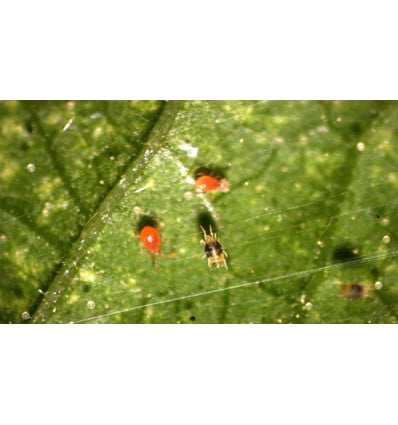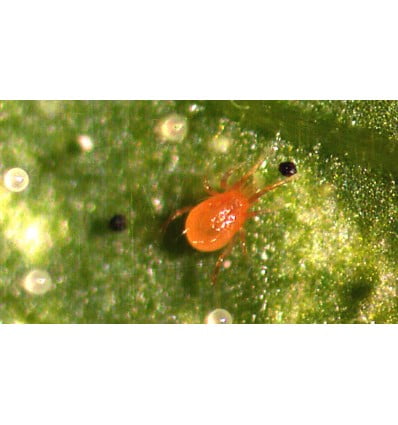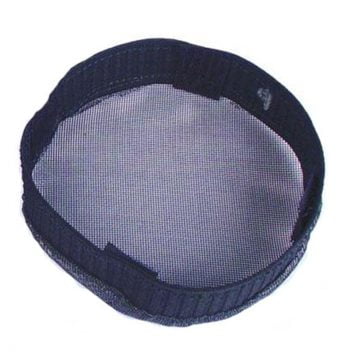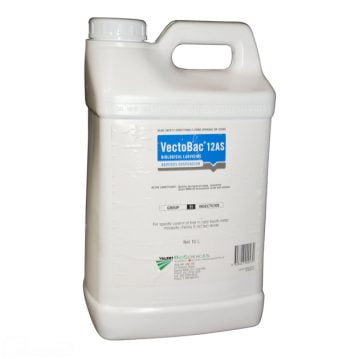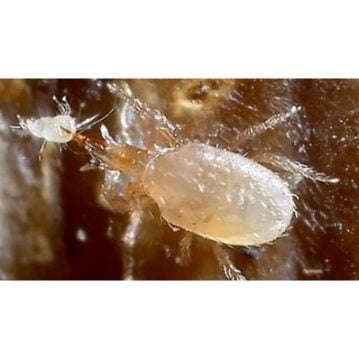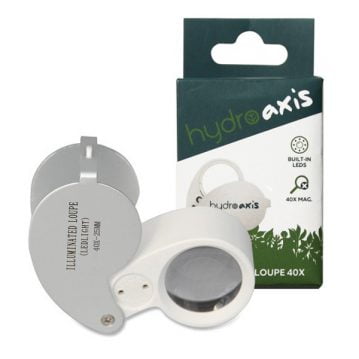Biocontrol Organism: Phytoseiulus persimilis
The common horticultural pest in a wide range of crops; Two Spotted Mite (TSM), Tetranychus urticae or red spider mite, can be very hard to control.
The predatory mite Phytoseiulus persimilis is used for the successful management of TSM and has been commercially produced for over 20 years in Australia. Now available at The Grow Shop.
Adult P. persimilis eat from 5-20 prey (eggs or mites) per day.
They reproduce more quickly than the spider mites at temperatures above 28°C (82°F), and they feed on all stages of the twospotted spider mite. P. persimilis are very voracious. They have the highest consumption rate of all phytoseiids. However, they absolutely must have spider mite prey or they will disperse and/or starve.
Almost 75% of European greenhouse vegetable production relies on P. persimilis for spider mite control, and the Californian & Australian strawberry industry uses this mite to control spider mite infestations in field-grown strawberries. It is also used in interior plantscapes and conservatories. Greenhouse ornamentals growers have long relied on its ability to control spider mites.
Phytoseiid mites use odors (kairomones) associated with mite-infested plants to locate their prey.
When P. persimilis contacts spider mite webbing, it intensifies its search for prey. P. persimilis has high dispersal ability and its distribution is highly correlated to that of its prey. However, its ability to disperse is dependent on the environment. If infested plants’ leaves touch, dispersal is possible. When the plants have little contact with each other, dispersal is reduced by about 70%. P. persimilis moves upward on the plant in search of prey and disperses when prey is scarce. Nymphs do not disperse easily, and are left behind when prey becomes scarce.
Because these mites are such efficient hunters and dispersers, they can cause extinction of their spider mite prey. This is desirable where little or no spider mite damage can be tolerated, such as in ornamental plants. However, in crops where some plant damage is acceptable (e.g., tomatoes and cucumbers), it is desirable to have a stable interaction between predator and prey over an extended period of time.
Typically, P. persimilis will eventually exhaust its food supply and starve, and so it must be reintroduced should Spidermite investations reoccur.
